Protein contribution by bioflocs is higher for tilapia production than for shrimp culture
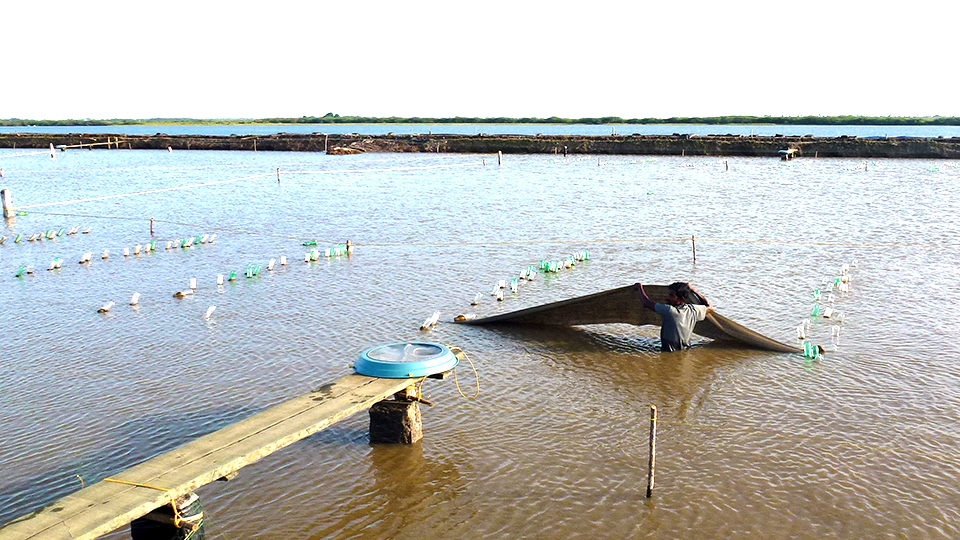
Fish and shrimp nutrition in biofloc ponds and similar periphyton systems is based upon the uptake of applied feed pellets as well as the harvest of bioflocs or biofilms. Knowing how much protein is harvested from the biosources is essential to determine the possibility of reducing feed rations.
The determination of feed uptake and response to feed is more complicated in aquaculture than in terrestrial animal husbandry. In aquaculture ponds, we cannot easily and quantitatively determine uptake, ingestion and excretion of feed or feed components – data that can be directly determined for terrestrial animals.
Feed trial challenges
Conventional determinations of feed utilization and requirements in ponds are based upon holding fish in ponds with a tested feed ration for a season (or at least a rather long time) to measure fish growth and, within rather wide deviations, the accumulation of feed components in pond water and sediment.
This is a tedious procedure that limits numbers of treatments and replicates. In addition, the information obtained represents processes over a long period. Thus, it is hard to examine the feed uptake as affected by fish age and environmental variables.
A novel method based on the natural enrichment of nitrogen isotope in the microbial community can enable more efficient and less costly study of feed utilization in whole pond systems.
Isotope enrichment
Nitrogen is naturally made of two stable, non-radioactive isotopes. The lighter isotope, 14N, makes up 99.64 percent of all global nitrogen, while 0.36 percent of nitrogen is made up of 15N . The two isotopes are chemically identical, yet when nitrogen undergoes a set of reactions, the resulting products can have different isotopic ratios than the source materials.
It is possible to enrich aquafeed pellets or their biosources with 15N by adding ammonium chloride or other commerically enriched ammonium salt to a biofloc suspension. The bioflocs are tagged, and their uptake by the target animals can be determined. As reported in Aquaculture in 2004, Michele Burford and co-workers used this method to follow protein uptake by shrimp. The main author used it to determine protein uptake and excretion by tilapia and evaluated the protein recycling within the biofloc suspension.
It is possible to quantitatively determine 15N -tagged biofloc uptake within a few days. The determination of 15N enrichment is not exceedingly expensive using automated isotope tatio mass spectrometers available in quite a few centers. However, the cost of the 15N -enriched source – about $100/gram – limits the studies to small culture units and practically precludes the possibility of working in whole pond systems. Quite often, results obtained in small tanks do not correctly represent a whole pond system.
Natural 15N enrichment by bioflocs
The biofloc environment is very reactive. According to work by the main author, protein in biofloc is degraded by mineralization accompanied by ammonium release and subsequently taken up again. This recycling takes place about twice daily. Some ammonium is released to the water. Most probably, the lighter isotope, 14N , escapes faster than the heavy one. As a result, we may expect the suspended biofloc phase is relatively enriched with 15N .
To test this hypothesis, the authors sampled sedimented and filtered biofloc suspension, and sections of fish muscle tissue at a biofloc tilapia pond in Jordan Valley, Israel, in which fish received 23 percent-protein feed pellets. As shown in Table 1, both 15N and the carbon isotope 13C were identified.
Avnimelech, Preliminary test of 15N, Table 1
| Sample | Delta 15(N) %* | Delta 13(C) %* |
|---|---|---|
| Feed pellets | 0.27 | -18.4 |
| Bioflocs | 1.02 | -20.9 |
| Fish tissue | 0.63 | -21.7 |
Results
The preliminary results seemed to confirm the hypothesis that the 15N in the biofloc was much higher than in the feed, which was the only source of nitrogen in the pond. The 15N enrichment in the fish was intermediate between its enrichment in the feed and the bioflocs. The values obtained indicated that 48 percent of the nitrogen in the fish came from the bioflocs. The data are only preliminary, but the results are in agreement with similar tests done using artificially enriched 15N tagging.
The differences of 13C enrichment among the different components were small and sporadic. The difference in the behavior of nitrogen and carbon was probably due to the fact that nitrogen is mostly recycled over and over within the pond system, while carbon metabolism leads to the production of carbon dioxide that is released to the atmosphere.
Additional testing
Two other experiments were also conducted. The first tested tilapia tanks with biofloc systems in which feeds with 23 or 30 percent protein were used. The experiment was duplicated, and two samples were taken from each tank. As presented in Table 2, the results were similar to those from the previous test. However, the calculated uptake of nitrogen by biofloc harvesting amounted to 70 percent, a higher value than those found in other studies.
Avnimelech, 15N enrichment in tank experiment, Table 2
| Sample | Feed, 23% | Feed, 30% | Biofloc, 23% | Biofloc, 30% | Fish Tissue (Average)* |
|---|---|---|---|---|---|
| 15N % | 0.244 | 0.320 | 0.855 | 1.025 | 0.740 |
A third test of the proposed technology was based upon sampling in a shrimp biofloc pond in India. This pond was managed with zero water exchange and amended with molasses to induce biofloc formation. Due to relatively low shrimp density, biofloc concentrations were not high. In addition, the pond had a series of vertically placed plastic shade nets that served as a substrate for periphyton development. The results for feed pellets, sedimented and dried biofloc suspensions, and periphyton collected from the net and shrimp are presented in Table 3.
Avnimelech, 15N enrichment, Table 3
| Sample | Feed Pellets | Biofloc | Periphyton | Shrimp Meat |
|---|---|---|---|---|
| 15N % | 0.59 | 1.30 | 1.58 | 7.30 |
There was a clear enrichment of the bioflocs and even more of the periphyton. Shrimp 15N enrichment was clearly higher than that of the feed. Computation of the protein uptake was difficult, but by averaging the values for the bioflocs and periphyton, we can estimate that feed pellets supplied about 90 percent of the protein, and 10 percent was supplied by natural biosources. Published results have indicated that protein contribution by bioflocs is higher for tilapia production than for shrimp culture – about 29 and 50 percent, respectively. However, the results obtained here were relatively low, possibly due to low biofloc concentrations.
Perspectives
This current work points to the potential for using the natural enrichment of periphyton, algae and other biological sources of protein as a means to follow protein uptake from different sources by fish or shrimp. The technology is less costly and complex than others using stable isotopes, but can yield essential information. To refine the methodology, among other details, natural isotopic enrichment within the fish has to be evaluated.
(Editor’s Note: This article was originally published in the March/April 2012 print edition of the Global Aquaculture Advocate.)
Author
-
Yoram Avnimelech, Ph.D.
Department of Civil and Environmental Engineering
Technion
Israel Institute of Technology
Haifa, 32000, Israel[108,105,46,99,97,46,110,111,105,110,104,99,101,116,64,109,97,114,111,121,103,97]
Tagged With
Related Posts
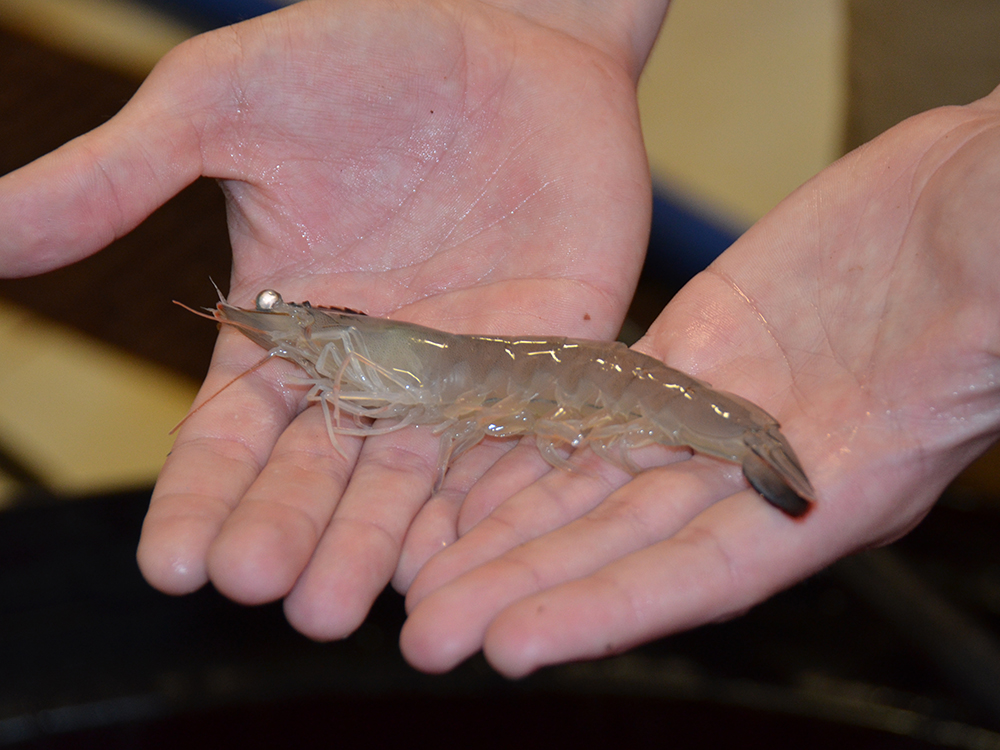
Aquafeeds
Biofloc and clear-water RAS systems: a comparison
This study compared two types of indoor, shrimp culture systems: clear-water RAS and biofloc systems. Clearwater RAS had the edge in water quality, but shrimp in the biofloc treatment had a higher feed conversion ratio.
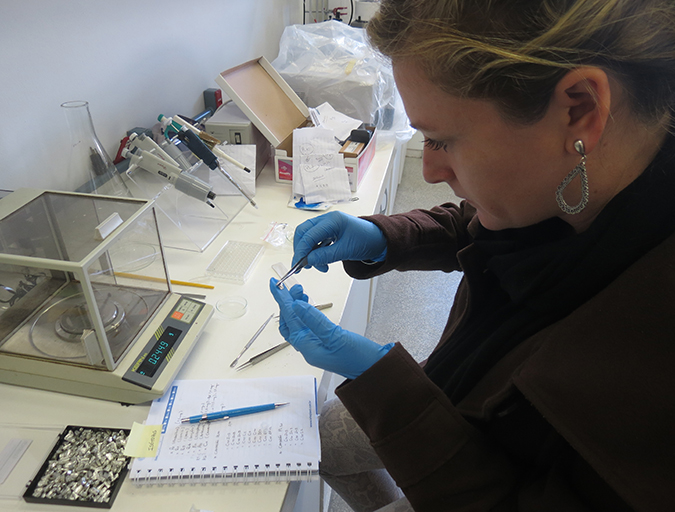
Aquafeeds
Biofloc consumption by Pacific white shrimp postlarvae
The stable isotopes technique with δ13C and δ15N can be used to determine the relevance of different food sources to shrimp feeding during the pre-nursery phase of Litopenaeus vannamei culture. During this trial, different types of commercial feed, microalgae, Artemia sp. nauplii and bioflocs were used as food sources.
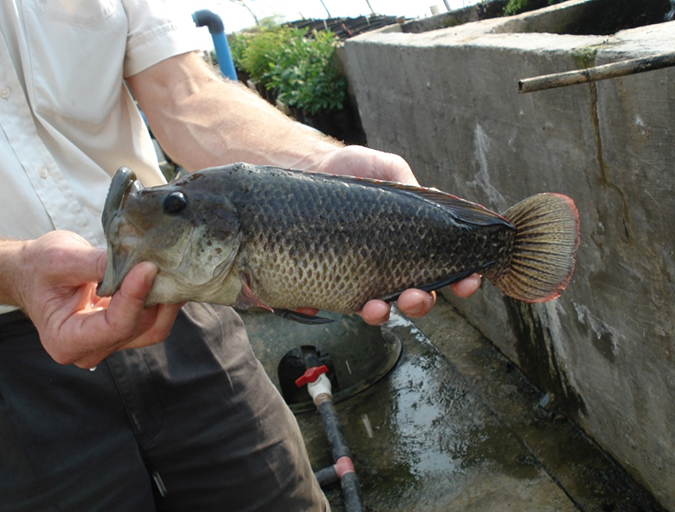
Aquafeeds
Biofloc systems viable for tilapia production
Well-designed and managed biofloc technology systems are a viable alternative for production of various species like tilapia, to increase feed efficiency by lowering aquafeed protein requirements and to help reduce or eliminate effluent discharges.
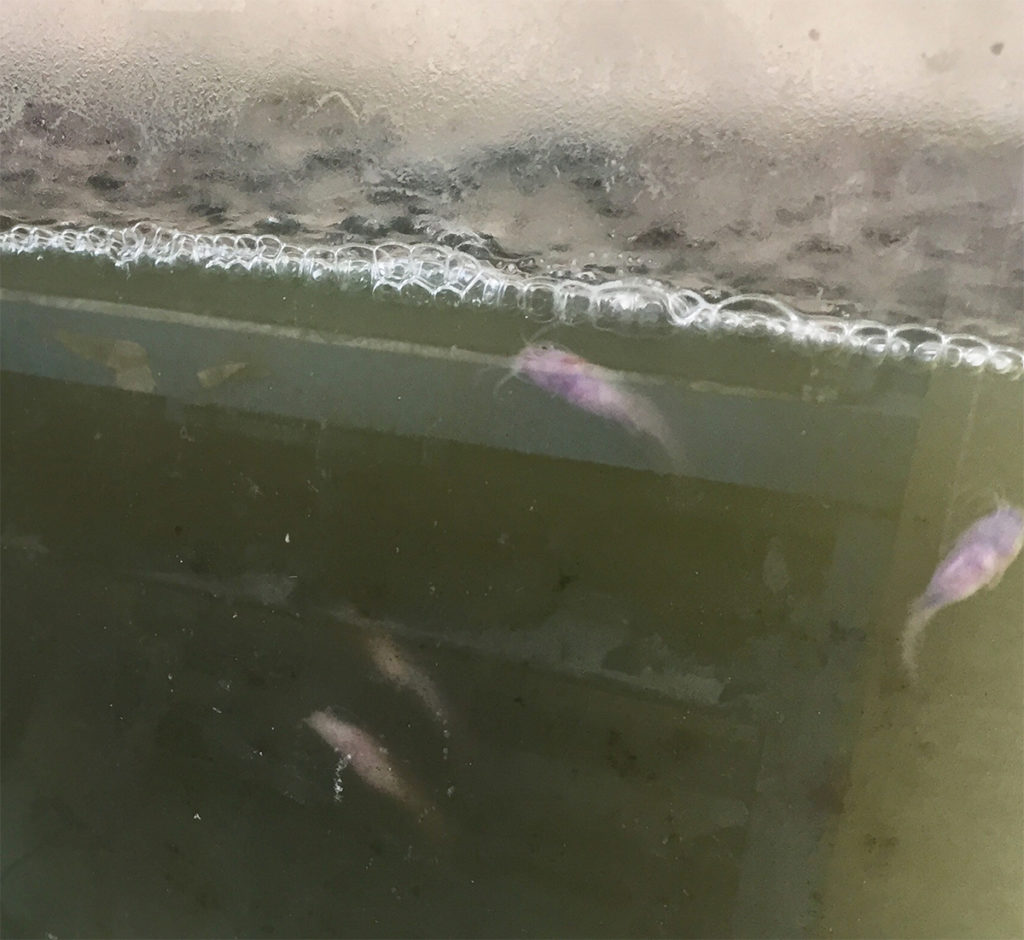
Health & Welfare
Biofloc technology holds potential for carnivorous fish species
Juvenile carnivorous African catfish performed well in biofloc-based systems, which could help produce better quality and more disease-resistant seed of this important aquaculture species and support the expansion of African catfish farming industry.


